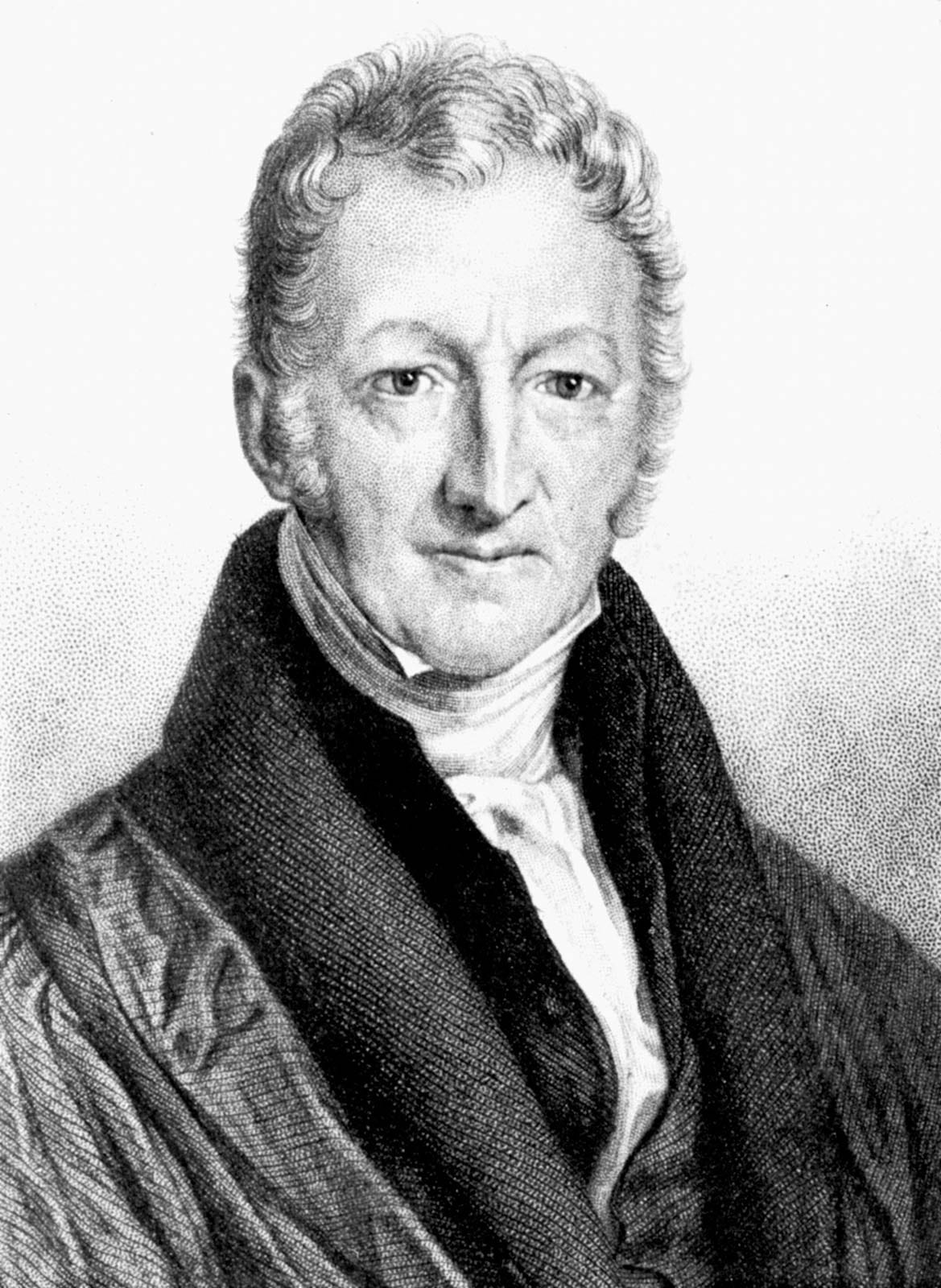Mathemystics Vol. 2
Before trying to be the first one to answer the question, it usually pays to think twice and get it right.
The other day I asked a question: In 1980 you invite 100 guests for dinner at a cost of $10 per plate. This year you invite 72% more guests but the cost per plate is 72% lower. What is the difference in your bill from 1980? The correct answer is 52 percent lower. Your bill in 1980 would be $1,000. This year your bill would be $481.60. The equation is 172 x $2.80 = $481.60. Your bill has decreased by around 52 percent.
Doing math on percentages can be tricky. Only 60 percent of respondents get the correct answer on this question. Our intuition is that the bill has to be the same or higher. Our intuition has tricked us.
In our research on commodity time prices and global population from 1980 to 2018 we found that population increased around 71.2 percent while time prices decreased around 71.6 percent. What this means is our total global time costs have decreased by 51 percent. While we have 71.2 percent more people on the planet, the total time required to earn the money has fallen by 51 percent. More people are making things much more abundant.
If Thomas Malthus were to see our day he would be astonished. I also think he would quickly admit that his “model” was wrong, that he had things backwards. Resources increase geometrical while population increases arithmetically.
A 71.6 percent decrease in the time price means that for the same time it took to earn the money to buy one unit of a good or service in 1980, you get 3.52 in 2018. Your personal resource abundance has increased by 252 percent. On a global scale, you can multiply personal abundance by population to measure global resource abundance. If personal resource abundance increases by 252 percent and population increases by 71.2 percent, then the global resource pie has increased by 503 percent. The equation would be (1.712 x 3.52) - 1).
Economists use “elasticity” to compare changes in one variable to changes in another variable. From 1980 to 2020, personal resource abundance increased 3.54 percent for every one percent increase in population. Global resource abundance increased 7.06 percent for every one percent increase in population. This is exactly the opposite of what Malthus predicted. His intuition failed him. Before trying to be the first one to answer the question, it usually pays to think twice and get it right.
Excerpt from our forthcoming book, Age of Superabundance
Gale Pooley is a Senior Fellow at the Discovery Institute and a board member at Human Progress




